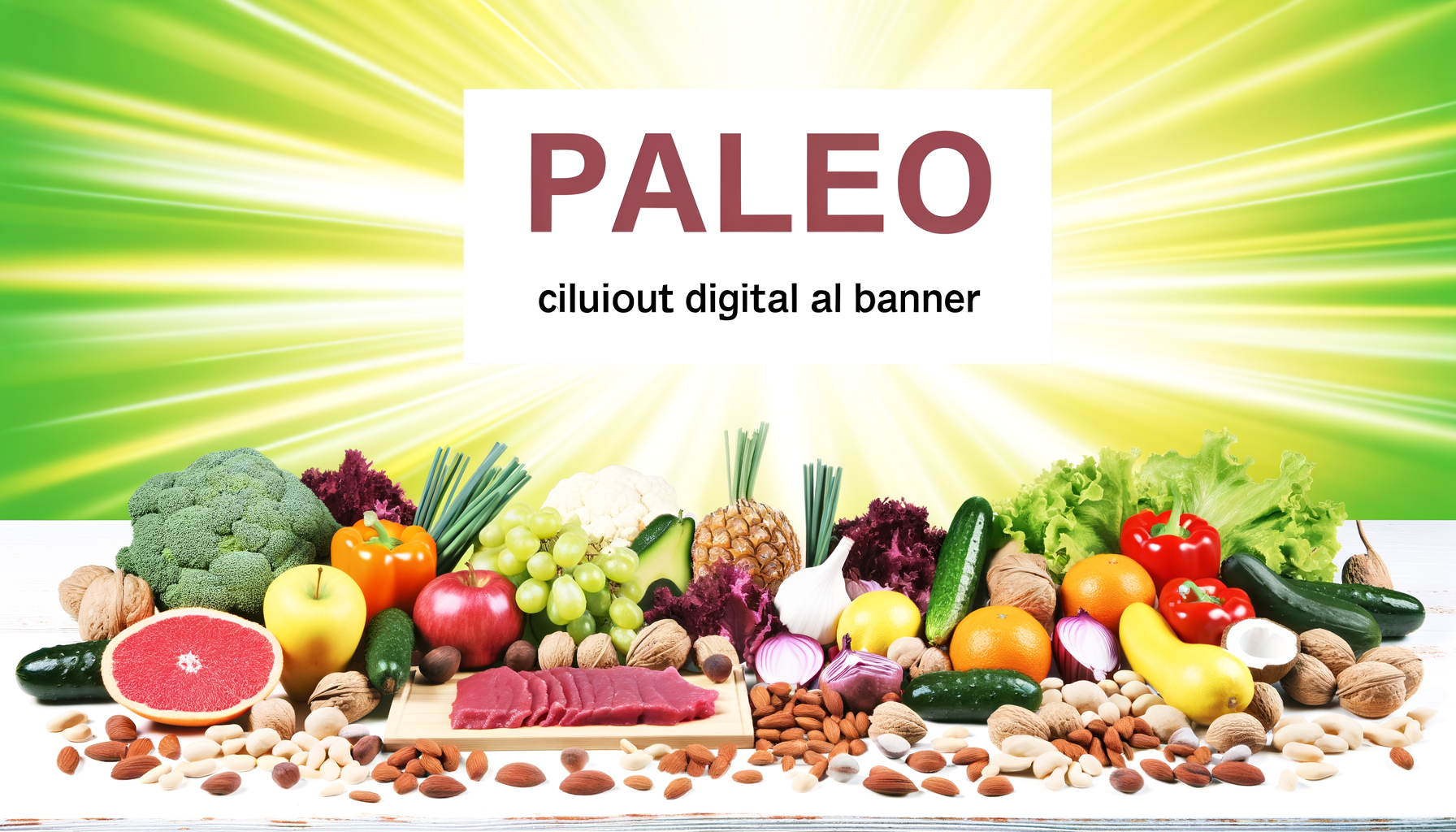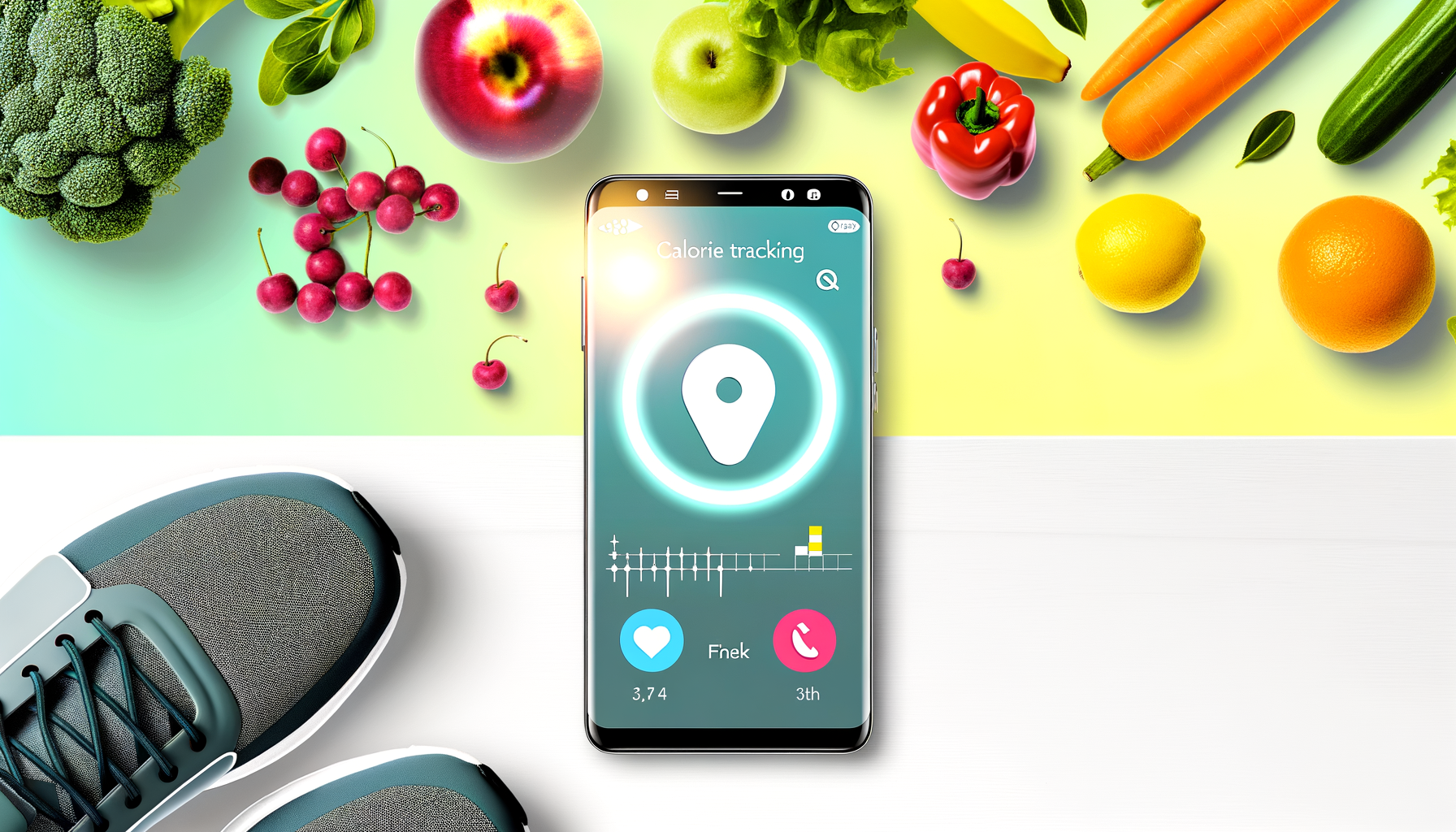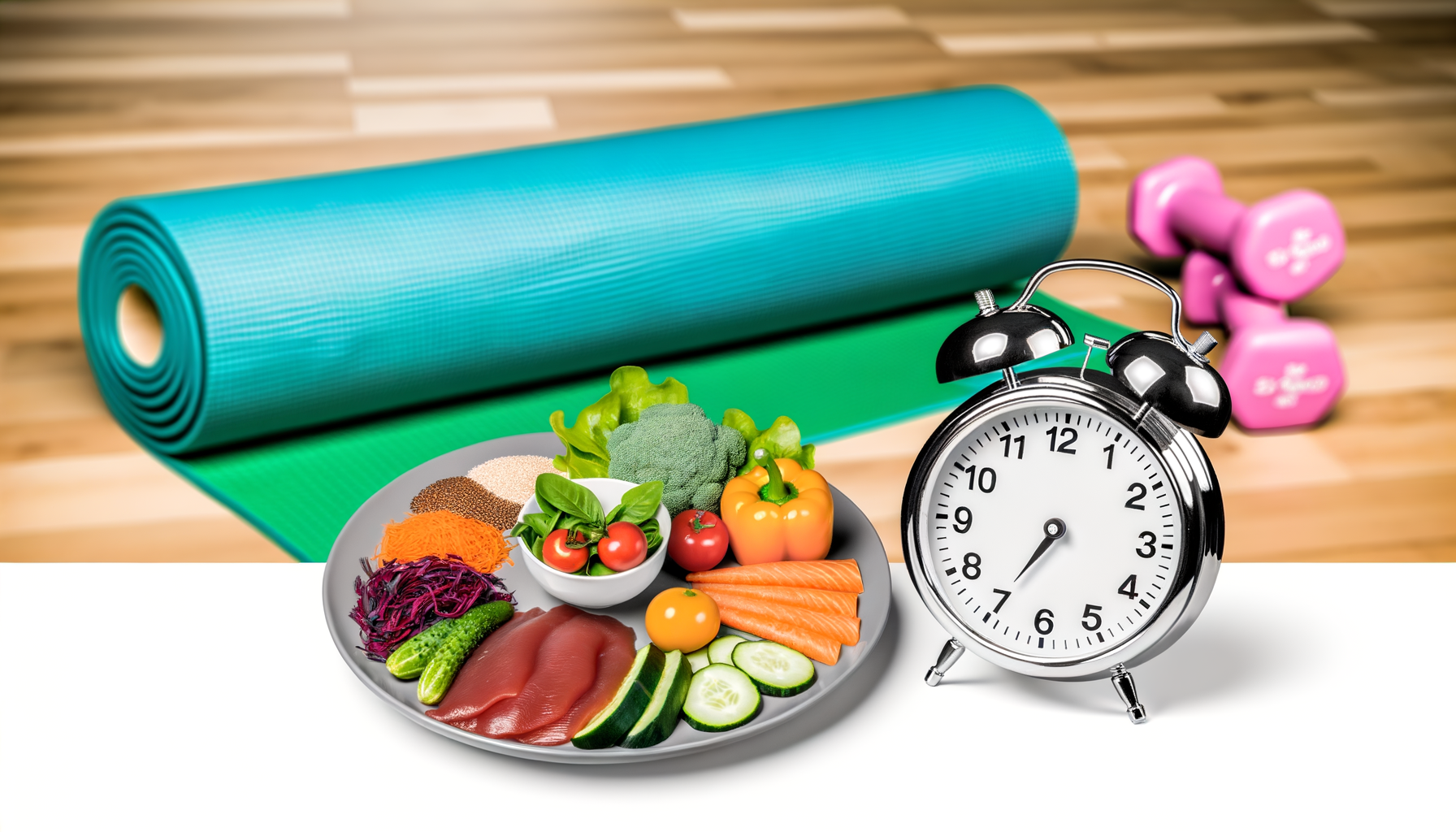Maximize Your Impact: How to Help Clients Use a Calorie Calculator
Using a calorie calculator is a powerful tool for anyone looking to manage their diet, whether it's for weight loss, maintenance, or simply understanding their nutritional needs. However, for fitness professionals and nutritionists, guiding clients in effectively using these tools is crucial for achieving their health goals. By providing comprehensive client education on calorie calculators, you can not only enhance their nutrition knowledge but also foster healthier habits and behaviors. In this article, we'll explore how to maximize the impact of calorie calculators through effective client education, goal setting, behavior modification, and habit building, all while sharing some success stories along the way.
Understanding Calorie Calculators
Calorie calculators are designed to estimate the number of calories your body needs to maintain, gain, or lose weight based on factors like age, weight, height, and activity level. They often calculate two key metrics: Basal Metabolic Rate (BMR) and Total Daily Energy Expenditure (TDEE). BMR is the number of calories your body needs to function at rest, while TDEE accounts for the calories burned through physical activity. Understanding these metrics is essential for developing a personalized nutrition plan.
For instance, tools like the Calorie Calculator help users calculate their daily calorie needs. Similarly, the MyPlate Plan calculator provides personalized recommendations based on age and other factors.
Basal Metabolic Rate (BMR)
BMR is calculated using a formula that considers your age, sex, weight, and height. For example, the Harris-Benedict Equation is a common method for estimating BMR:
Harris-Benedict Equation for BMR:
For men: BMR (men) = 88.362 + (13.397 x weight in kg) + (4.799 x height in cm) - (5.677 x age in years)
For women: BMR (women) = 447.593 + (9.247 x weight in kg) + (3.098 x height in cm) - (4.330 x age in years)
Total Daily Energy Expenditure (TDEE)
TDEE is calculated by multiplying your BMR by an activity factor. This factor varies depending on how active you are:
- Sedentary (little or no exercise): 1.2
- Lightly active (light exercise/sports 1-3 days/week): 1.375
- Moderately active (moderate exercise/sports 3-5 days/week): 1.55
- Very active (hard exercise/sports 6-7 days a week): 1.725
- Extremely active (very hard exercise/sports & physical job or 2x training): 1.9
Client Education and Nutrition Guidance
Effective client education begins with understanding the client's current eating habits, lifestyle, and goals. Providing guidance on using calorie calculators helps clients set realistic targets and track their progress effectively. Here are some strategies for educating clients:
1. Goal Setting: Help clients set clear, achievable goals, whether it's losing weight, maintaining weight, or improving overall health. Tools like the WP Calorie Calculator can be invaluable in planning these goals.
2. Understanding Macronutrients: Educate clients on the importance of balancing carbohydrates, proteins, and fats in their diet. Websites like NASM offer resources for calculating macronutrient needs.
3. Behavior Modification: Encourage clients to make sustainable lifestyle changes rather than quick fixes. This includes developing healthy eating habits and incorporating regular physical activity into their routine.
4. Habit Building: Support clients in creating lasting habits by setting small, manageable goals that gradually build up to larger ones. Resources like Mayo Clinic can provide tips on forming healthy habits.
Implementing Change
To implement these strategies effectively, consider the following steps:
- Assessment: Conduct an initial assessment to understand the client's current dietary habits and lifestyle.
- Goal Setting: Work with the client to establish clear, achievable health goals.
- Plan Development: Use calorie calculators to create a customized nutrition and exercise plan.
- Monitoring Progress: Regularly check in with clients to monitor progress and make adjustments as needed.
- Continuous Support: Offer ongoing support and guidance to help clients maintain motivation and stay on track.
Success Stories and Real-World Examples
One of the most compelling ways to demonstrate the effectiveness of calorie calculators is through real-world success stories. For instance, many fitness professionals have seen clients achieve significant weight loss and improved health by using personalized calorie plans. One such example is a client who used the WP Calorie Calculator to set realistic calorie goals and, with regular monitoring, was able to lose over 20 pounds in six months.
Another example is a group fitness challenge where participants used calorie calculators like MyPlate Plan to plan their meals and track activity levels. This initiative not only helped participants meet their weight loss goals but also fostered a sense of community and motivation among the group.
Case Study: Using Calorie Calculators in Group Fitness
A local gym implemented a group challenge where participants used calorie calculators to plan their diets and track progress. The results were impressive, with most participants achieving their weight loss goals and expressing a significant increase in motivation and engagement. The success of this program highlighted the impact of education and community support in achieving health goals.
Conclusion and Next Steps
Calorie calculators are powerful tools for anyone seeking to manage their diet and improve their health. By providing comprehensive client education and support, fitness professionals can empower their clients to achieve lasting success. Whether you're a personal trainer, nutritionist, or simply someone looking to improve your health, tools like the WP Calorie Calculator offer a convenient way to plan and track your nutritional goals.
To take the next step in using calorie calculators effectively for yourself or your clients, consider integrating these tools into your fitness or health regimen. Resources like NASM can provide additional insights into macronutrient planning, and websites like MyPlate.gov offer personalized nutrition advice. By combining these resources with ongoing support and education, you can maximize the impact of calorie calculators and achieve better health outcomes.
For those interested in exploring the different options and pricing for calorie calculator tools, you can visit the WP Calorie Calculator Plans page to find a plan that suits your needs, whether you're an individual looking to manage your weight or a professional seeking to offer personalized nutrition guidance to clients.











